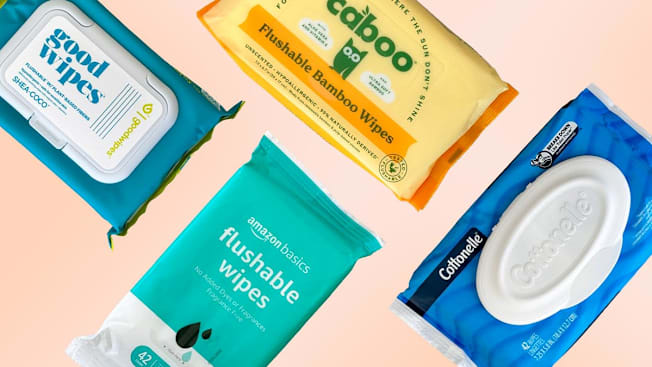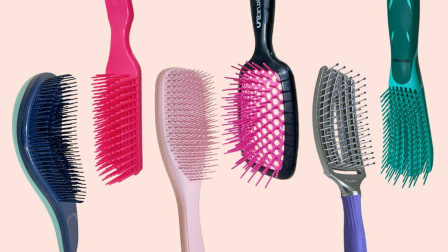Best Flushable Wipes From Our Tests
In our lab, we tested 11 popular "flushable" wipes from Amazon Basics, Cottonelle, Dude Wipes, Kirkland Signature, and other brands. These are the best picks for personal hygiene—but don’t flush them.
When you shop through retailer links on our site, we may earn affiliate commissions. 100% of the fees we collect are used to support our nonprofit mission. Learn more.

Flushable wipes are controversial. On the surface, they seem ideal: A discreet wipe in the bathroom leaves you clean without repeated wipes with toilet paper. But CR recently interviewed experts who outlined the environmental and economic costs of flushing wipes—all wipes, including those labeled “flushable.”
CR’s sustainability expert, environmental experts, and even the plumber we interviewed support the idea that you should never flush wipes for the sake of our water supply, aquatic life, your household pipes or septic system, and your wallet.
- Flushable Wipes We Tested: Amazon Basics Caboo Charmin Cottonelle Dude Wipes XL Equate Good Wipes Honest Kirkland Signature Nice ’N Clean Up&Up
- More on Wipes: Flushable vs. Nonflushable Wipes vs. Toilet Paper Industry Standards for Wipes How We Tested
Flushing Wipes in Our Lab
CR's José Amézquita flushed one wipe at a time and recorded how many flushes it took for the wipe to pass the toilet’s siphon jet. He performed three separate trials on each wipe brand.
Even though we do not recommend flushing these wipes, our curiosity got the best of us, because, let’s face it, people flush them: Amézquita also ran each wipe through our lab’s toilets and pipes to see which passed through with the most ease. He then repeated that same test with toilet paper and wipes labeled “do not flush.” All wipes were tested right after opening them.
If you’re thinking: Soiled wipes are gross—how can I hygienically dispose of them if flushing isn’t an option? Investing in a bathroom trash bin with a lid that seals tight or even a diaper can with liners and pods that absorb odors can help. Here are our top picks in flushable wipes.




















